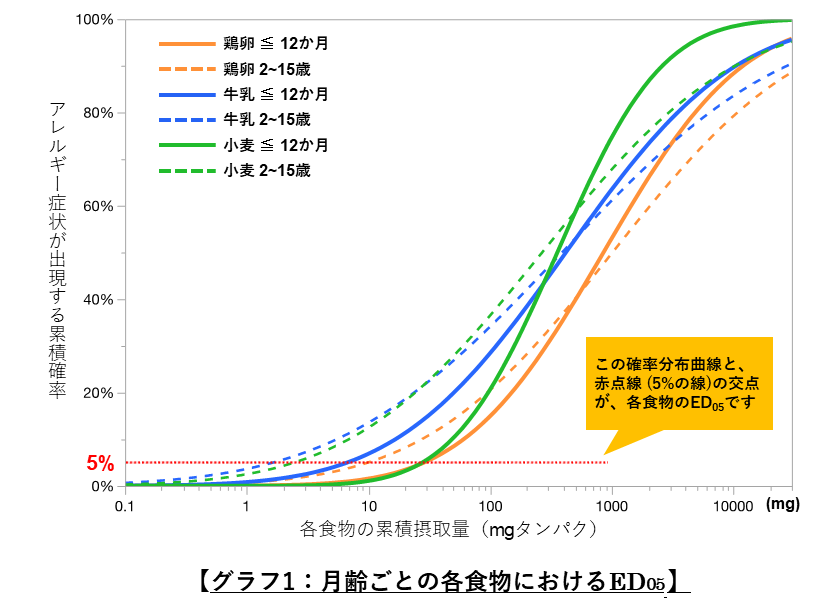2024-02-29 ロイヤルメルボルン工科大学(RMIT)
<関連情報>
- https://www.rmit.edu.au/news/all-news/2024/feb/radiowave-drugs
- https://pubs.acs.org/doi/10.1021/acs.nanolett.3c03464
高周波電磁エネルギーを用いたプラスミドDNAの大腸菌への遺伝子組換え Genetic Transformation of Plasmid DNA into Escherichia coli Using High Frequency Electromagnetic Energy
Palalle G. Tharushi Perera, Denver P. Linklater, Zoltan Vilagosh, The Hong Phong Nguyen, Eric Hanssen, Sergey Rubanov, Steve Wanjara, Bari Aadum, Rebecca Alfred, Chaitali Dekiwadia, Saulius Juodkazis, Rodney Croft, and Elena P. Ivanova
Nano Letters Published:January 9, 2024
DOI:https://doi.org/10.1021/acs.nanolett.3c03464
Abstract

We present a novel technique of genetic transformation of bacterial cells mediated by high frequency electromagnetic energy (HF EME). Plasmid DNA, pGLO (5.4 kb), was successfully transformed into Escherichia coli JM109 cells after exposure to 18 GHz irradiation at a power density between 5.6 and 30 kW m–2 for 180 s at temperatures ranging from 30 to 40 °C. Transformed bacteria were identified by the expression of green fluorescent protein (GFP) using confocal scanning microscopy (CLSM) and flow cytometry (FC). Approximately 90.7% of HF EME treated viable E. coli cells exhibited uptake of the pGLO plasmid. The interaction of plasmid DNA with bacteria leading to transformation was confirmed by using cryogenic transmission electron microscopy (cryo-TEM). HF EME-induced plasmid DNA transformation was shown to be unique, highly efficient, and cost-effective. HF EME-induced genetic transformation is performed under physiologically friendly conditions in contrast to existing techniques that generate higher temperatures, leading to altered cellular integrity. This technique allows safe delivery of genetic material into bacterial cells, thus providing excellent prospects for applications in microbiome therapeutics and synthetic biology.


